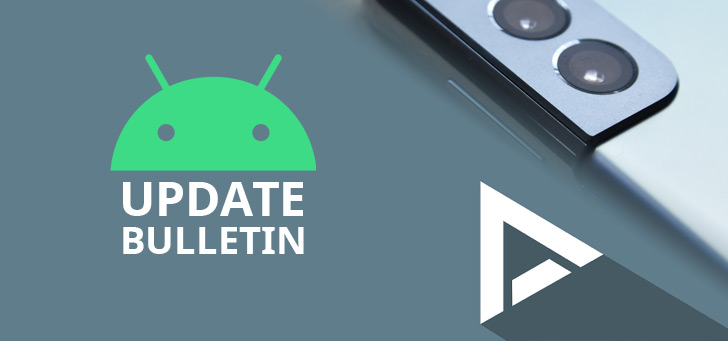Cheating students with ChatGPT – Apparata
Who would have expected that? The quality of the work of some students turned out to have improved suspiciously….
Contents
Students suddenly appear to be very good at academic level Dutch
Laura Borghols, Dutch teacher at the Veurs Lyceum, suddenly noticed that some students, who usually struggled with the Dutch language, could express themselves very well in a handed-in writing assignment. Yet her plagiarism scanner indicated that this text did not occur anywhere else. What was going on? Then she remembered that ChatGPT had been released a few days earlier.
She confronted her class about her discovery and the students confessed. On the one hand, of course, she was not happy, on the other hand, she was quite impressed with the abilities of the AI. And the speed with which her students made use of it.
Increasing temptation to abuse AI
Honesty is the best policy. Unfortunately, that also applies to doing your homework in an honest way as a student. When a student is overwhelmed by the amount of homework, the temptation becomes very great to opt for less ethical methods to finish quickly and to be able to play games.
The newest trend in the internet world, ChatGPT, also appears to be being abused by some pupils and students to write their papers.
Plagiarism detection is no match for this new threat
The problem of students copying papers has been going on for decades. In the good old days, this was still neatly done by hand, literally a painstaking task. But since the advent of computers, the internet and printers, it has become child’s play.
The educational world has of course found a solution to this and there are now various tools that can detect plagiarism. If a student hands in a paper and the plagiarism detector indicates that pieces of text come from somewhere else, then Mr. or Mrs. is naturally glowing.
There’s only one problem. This anti-plagiarism software is based on language use, and the artificial intelligence such as ChatGPT generates a text from scratch every time. That means that texts produced by the chatbot are really unique and, if you ask the same question, can also be very different. Existing plagiarism tools no longer work.
Possible solutions
One possibility might be to use a student’s writing style to determine whether it has also been used in new papers. OpenAI, the maker of ChatGPT, wants to work with a kind of pattern, a text watermark as it were, with which you can immediately see whether a text comes from GPT-3, the engine behind OpenAI’s products.
And Laura’s students? Well, they got off mercifully. Instead of handing out a one for cheating, she had her mischievous students rewrite the essay again. Old school, so in a room without internet and telephone, with pen and paper.


